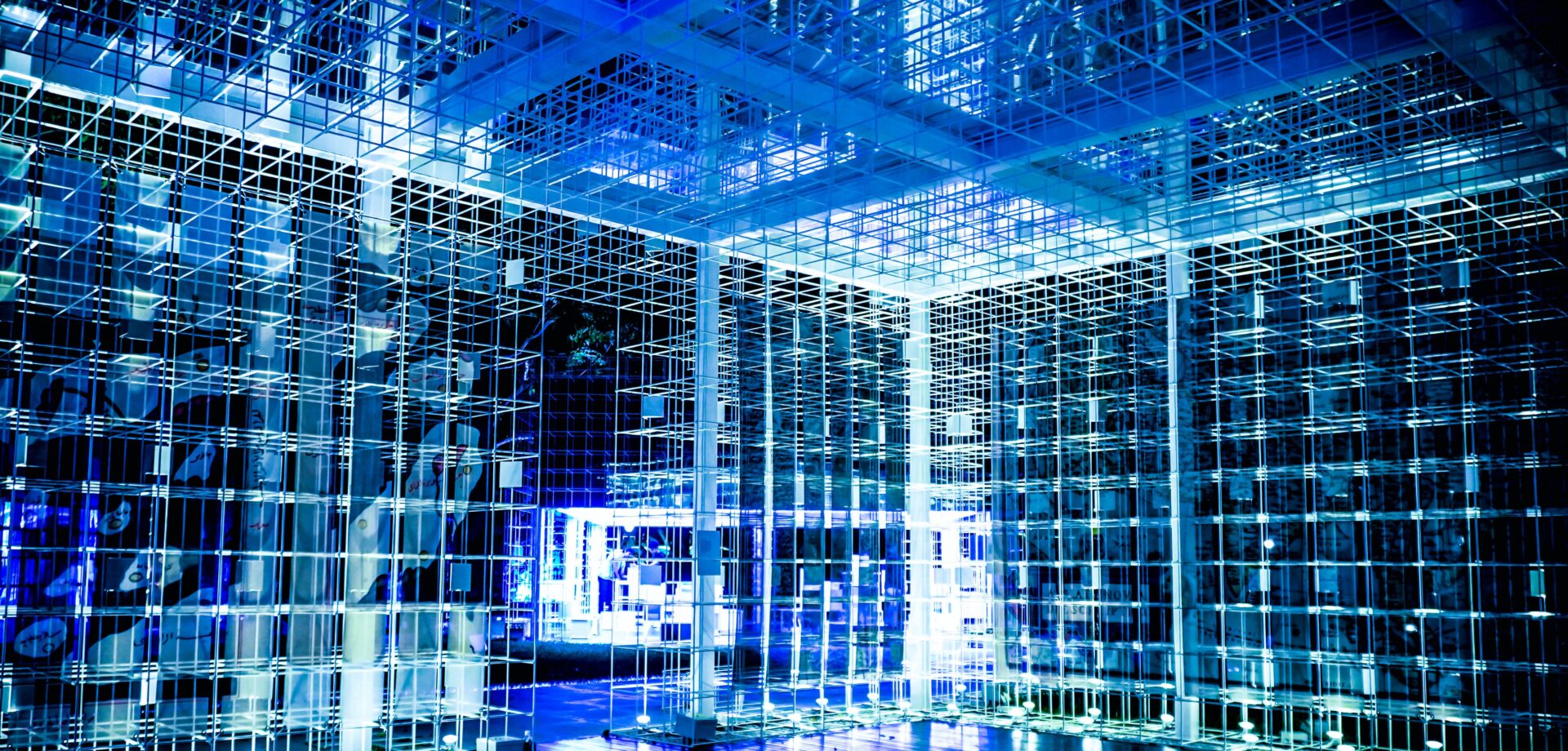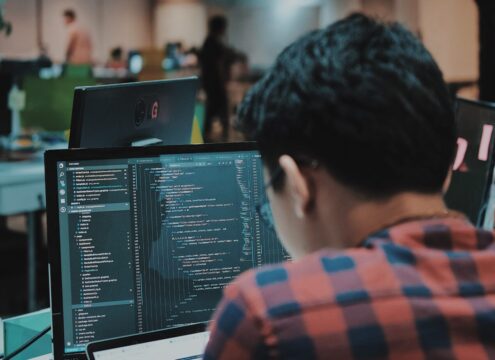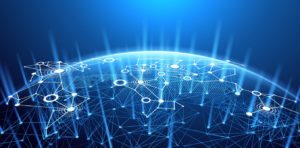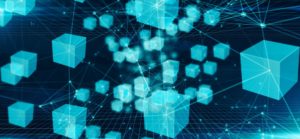The concept of dataism, initially introduced by David Brooks in The New York Times in February 2013, gained momentum through works like Steve Lohr’s book “Data-ism” (2015) and Yuval Noah Harari’s “Homo Deus: A Brief History of Tomorrow” (2016). This emerging trend proposes that data holds unprecedented significance in shaping the future of society, culture, and even spirituality.
David Brooks introduced the term “dataism” in a 2013 article titled “The Philosophy of Data.” Brooks discussed the increasing influence of data and its interpretation in various aspects of society. His focus was on prompting thoughtful discussions about the implications of an increasingly data-driven world and the potential limitations of relying solely on data to understand human behavior and society.
Lohr’s work highlights how data is being used to analyze patterns, make predictions, and optimize processes in fields such as business, healthcare, education, and more. He discusses how data-driven technologies like artificial intelligence and machine learning are revolutionizing decision-making and offering new possibilities for understanding complex systems.
In “Homo Deus,” Harari examines the implications of dataism alongside other possible future scenarios, such as the rise of artificial intelligence, genetic engineering, and biotechnology. His goal is to stimulate thought and discussion about the potential consequences of these developments on human society, culture, and even spirituality. Harari’s approach is more analytical and speculative rather than prescriptive, leaving room for readers to form their own opinions about the merits and challenges of dataism and its implications for the future.
What is Dataism?
Dataism can be seen as a belief system that regards data as the most fundamental and powerful force driving human progress. As we understand more and more from data, decisions will be based more on analyzing data rather than experience and intuition. This means more science and less experience. Bear in mind though, that experience and intuition are in essence huge amounts of data processed by our brains. However, since our brain’s computational power is outperformed by the computational power of machines, science will rely more on machine data rather than the human brain’s data.
Dataism suggests that the entire universe can be interpreted as data flows and that all phenomena, including human behavior, can be reduced to data processes. In this worldview, human consciousness, emotions, and creativity are seen as complex algorithms arising from data interactions. Human progress is determined by a single question: How do we generate and process more data and how do we make the most out of it? The good of the data and the good of mankind are supposed to be one and the same.
But what if “the good of the data” in some cases happens to be against privacy, security, awareness, and our right to data control and consent?
A Snapshot of The Technological Landscape
To understand how data affects technology and what drives the need for more and more data I will showcase three technological areas. IoT is a good example of where all that data is coming from. Big data and analytics then come into play to gather and analyze massive amounts of data in a rally toward technological progress. As a final application, AI with ML is also explored.
Internet of Things (IoT)
IoT refers to a network of interconnected devices, objects, and systems that can communicate, exchange data, and perform actions without direct human intervention. These devices are embedded with sensors, actuators, and communication capabilities, allowing them to collect and transmit data over the Internet or other communication networks.
IoT devices are equipped with various types of sensors that can gather data from the physical environment or user interactions. These sensors can capture information such as temperature, humidity, pressure, light levels, motion, location, and more. The data collected by IoT devices is sent to central platforms or cloud-based systems for processing, analysis, and interpretation.
Applications include, but are not limited to:
Urban Planning
IoT data is invaluable for optimising urban infrastructure and city planning. Sensors embedded in traffic lights, parking spaces, waste management systems, and public transportation can provide real-time data on traffic flow, occupancy rates, energy consumption, and environmental conditions. Urban planners can use this data to make informed decisions about traffic management, waste collection routes, and resource allocation.
- Healthcare MonitoringIoT devices play a significant role in remote healthcare monitoring. Wearable devices, such as fitness trackers and medical sensors, can continuously monitor vital signs, activity levels, and health conditions of patients. This data is transmitted to healthcare providers, enabling early detection of health issues and allowing for timely interventions.
- Energy Consumption OptimisationIoT-enabled smart meters and sensors can monitor energy consumption patterns in homes, buildings, and industrial facilities. This data can be analyzed to identify opportunities for energy efficiency improvements. Smart thermostats, lighting systems, and appliances can also adjust their operations based on real-time data, reducing energy waste.
- Agriculture and Environmental MonitoringIoT devices deployed in agricultural settings can monitor soil moisture, temperature, and nutrient levels. This information helps farmers optimize irrigation and fertilization processes, leading to better crop yields. Additionally, IoT sensors can be used for environmental monitoring, such as tracking air and water quality in real-time.
- Industrial AutomationIoT is revolutionizing industrial processes through Industrial IoT (IIoT). Connected sensors and devices in manufacturing environments enable predictive maintenance by monitoring machinery and equipment for signs of wear and tear. This minimizes downtime and reduces maintenance costs.
- Retail and Supply Chain ManagementIoT devices in retail environments, such as RFID tags and beacons, enable inventory tracking and management. Retailers can monitor stock levels, track item movement, and optimize shelf placement to improve customer experience and streamline supply chains.
- Smart HomesIoT devices in smart homes allow residents to control and monitor various aspects of their living spaces remotely. Smart thermostats, door locks, lighting, and entertainment systems can be managed through smartphones, enhancing convenience and energy efficiency.
Big Data and analytics
The exponential growth of data generated by individuals, businesses, devices, or sensors in various industries has paved the way for big data analytics. It enables insights into consumer behavior, societal trends, and scientific discoveries that were previously unattainable. Big data refers to extremely large and complex datasets that are beyond the capabilities of traditional data processing tools to manage, store, and analyze effectively. These datasets are characterized by the three Vs:
- Volume. The sheer amount of data generated and collected, often ranging from terabytes to petabytes or more.
- Velocity. The speed at which data is generated, collected, and processed in real-time or near-real-time.
- Variety. The diverse range of data types and sources including structured, semi-structured, and unstructured data.
Big data analytics refers to the process of extracting valuable insights and patterns from large and complex datasets. Its profound impact on a number of industries can be summarised as follows:
- Business and Marketing InsightsBig data analytics enables businesses to analyze consumer behavior, preferences, and trends. This information can be used to make informed decisions about product development, marketing strategies, and customer engagement.
- Healthcare and Life SciencesIn the healthcare industry, big data analytics can be used to identify disease patterns, predict outbreaks, personalize treatment plans, and discover potential drug candidates.
- Scientific ResearchResearchers in various fields can leverage big data analytics to process and analyze vast amounts of data generated by experiments, simulations, and observations. This has led to breakthroughs in fields like genomics, astronomy, and climate science.
- Smart CitiesUrban areas generate a significant amount of data related to transportation, energy consumption, and citizen behavior. Big data analytics can help city planners optimize resource allocation and enhance quality of life.
- FinanceFinancial institutions use big data analytics for fraud detection, risk assessment, algorithmic trading, and customer relationship management.
- Social SciencesSocial media and online platforms generate a wealth of data that researchers can analyze to understand societal trends, sentiment analysis, and public opinions.
- Supply Chain OptimisationBig data analytics can improve supply chain efficiency by analyzing data related to inventory levels, production schedules, and demand patterns.
- Environmental MonitoringSensors and data collection devices provide data on environmental factors such as air quality, water levels, and biodiversity. Big data analytics can help monitor and manage ecosystems.
Artificial Intelligence and Machine Learning
AI and machine learning heavily rely on data for training and improvement. These technologies analyze massive datasets to recognize patterns and make predictions, often outperforming human capabilities. The potential for AI to understand and manipulate data could lead to new breakthroughs in various fields.
Here are ways that data plays a crucial role:
- Training DataFor AI systems to learn patterns, they need to be exposed to vast amounts of training data. This data is labeled, meaning it is annotated with the correct answers or outcomes. For instance, to teach a machine to recognize cats, it needs to see numerous images of cats along with their labels.
- Feature ExtractionIn machine learning, features are the relevant characteristics or attributes of the data that influence the model’s predictions. The quality and relevance of features significantly impact the model’s performance. AI and ML algorithms automatically extract features from the data to build meaningful representations.
- Model BuildingUsing the training data, AI/ML algorithms build models that capture the underlying patterns in the data. These models can be decision trees, neural networks, support vector machines, and more. The better the data quality, the more accurate and robust the models become.
- GeneralizationOnce trained, the models can generalize their learning to new, unseen data. This is a basis for making predictions or classifications on real-world data. The more diverse and representative the training data, the better the model’s generalization.
Wrapping Up
At an individual level data can help people to gain self-insight, improve, and prosper. At a community or company level data is also of paramount importance. Analyzing strengths, weaknesses, opportunities, and trends is a data-driven endeavor. At a country level, policies for the country’s internals as well as external geopolitical decisions are vastly driven by data.
The importance of data cannot be overstated nowadays, and for the years to come. Dataism may be just a thought-provoking idea or it may evolve into an ideology. In any case, as data integrates deeper into society, ethical considerations surrounding data ownership, privacy, and consent become increasingly vital. Regulation across the globe is necessary and frameworks like GDPR and CCPA are a good starting point. Privacy policies, employee and citizen training, data security measures, user access control and consent mechanisms, data breach response plans, transparency, and ethics initiatives, are things to consider.
After all, data should be the tool to achieve goals, not the goal itself.
This article was originally published by Stelios Manioudakis on Hackernoon.












